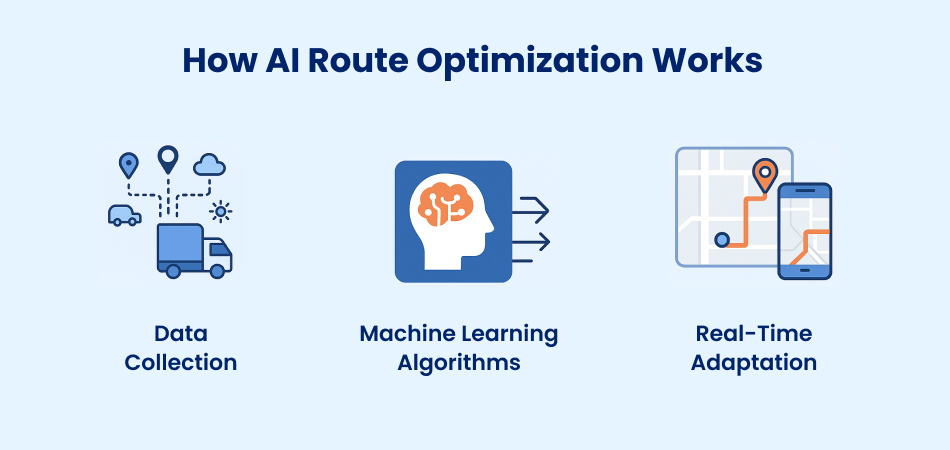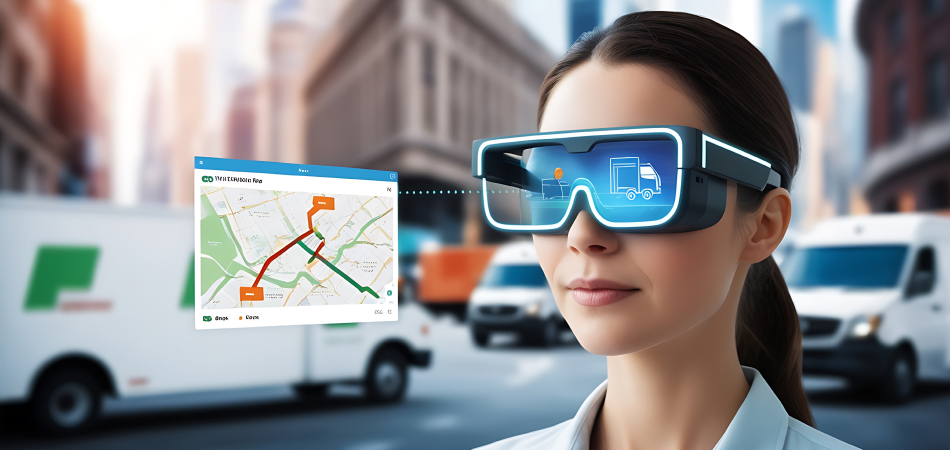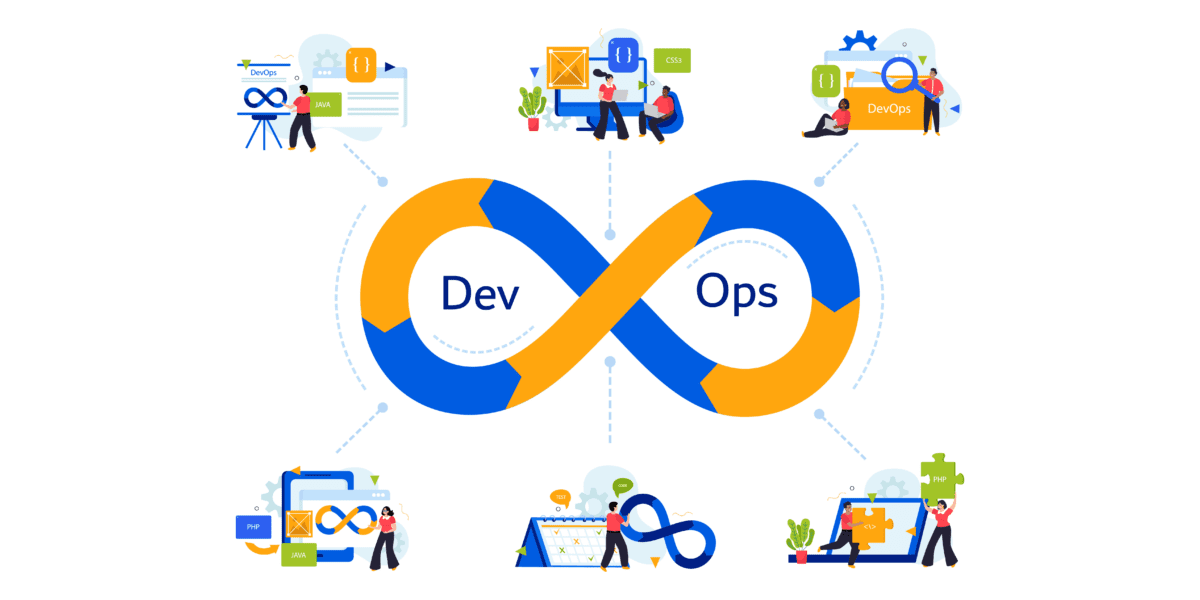Introduction: Why Real-Time Delivery Needs AI
In today’s fast-paced logistics landscape, customers expect deliveries that are not only fast but also reliable and cost-efficient. Traditional route planning tools often fail to keep up with unpredictable traffic patterns, changing weather conditions, and fluctuating demand.
This is where AI Route Optimization steps in — using artificial intelligence to create intelligent, real-time delivery routes that reduce delays, fuel costs, and operational inefficiencies.
What Is AI Route Optimization?
AI Route Optimization refers to the use of artificial intelligence and machine learning algorithms to identify the most efficient delivery routes in real time.
Unlike static GPS-based routing, AI analyzes live data such as traffic congestion, weather forecasts, vehicle performance, and delivery priorities. It then automatically adjusts routes to achieve faster delivery times and better cost efficiency.
In essence, AI Route Optimization helps logistics companies achieve:
- Smarter, data-driven delivery decisions
- Reduced fuel consumption
- On-time performance
- Improved customer satisfaction
How AI Route Optimization Works

AI route optimization systems rely on continuous data collection and analysis. These systems process large amounts of information to make intelligent, real-time adjustments to delivery operations.
1. Data Collection
The process begins with gathering live data from GPS, IoT-enabled vehicles, delivery apps, and external sources such as weather and traffic APIs.
2. Machine Learning Algorithms
AI models process this data to predict the best possible delivery routes, accounting for time, distance, road conditions, and customer priorities.
3. Real-Time Adaptation
As conditions change, the AI system automatically reroutes vehicles for maximum efficiency. Over time, the model learns from previous trips and continuously improves accuracy.
Example:
A logistics company in Delhi uses AI route optimization to avoid congestion on NH-8 and dynamically adjust delivery paths, resulting in a 25% reduction in delivery times and up to 15% lower fuel usage.
Key Benefits of AI Route Optimization

1. Real-Time Delivery Efficiency
AI ensures timely deliveries by automatically responding to changes such as road closures, accidents, or heavy traffic. The system updates routes instantly, reducing delays.
2. Lower Fuel and Operational Costs
By minimizing idle time and optimizing delivery paths, AI route optimization can cut fuel costs by up to 30% and reduce overall operational expenses.
3. Faster Decision-Making
AI eliminates the need for manual planning. Dispatchers can make instant, data-driven decisions, improving scheduling and productivity.
4. Sustainable and Eco-Friendly Logistics
Smart routing minimizes unnecessary mileage and emissions, helping companies achieve sustainability goals and comply with green logistics standards.
5. Improved Customer Experience
AI provides accurate ETAs and real-time delivery tracking, ensuring transparency and reliability. This enhances customer satisfaction and loyalty.
Applications of AI Route Optimization Across Industries
| Industry | Application |
| E-commerce | Optimized last-mile deliveries and improved delivery speed |
| Food Delivery | Dynamic rerouting to ensure fresh, on-time orders |
| Healthcare Logistics | Timely delivery of medical supplies and critical shipments |
| Manufacturing | Streamlined distribution and reduced transport delays |
AI Route Optimization in India

India’s logistics sector is rapidly evolving with the adoption of AI technologies. Major logistics hubs like Delhi NCR, Mumbai, Bengaluru, and Pune are already implementing AI-powered fleet management systems to handle growing delivery volumes and urban congestion.
With India’s logistics industry projected to reach USD 380 billion by 2025, AI Route Optimization has become a critical solution for achieving scalability, efficiency, and sustainability.
How to Implement AI Route Optimization in Your Business
1. Integrate with Existing Systems
Combine AI tools with your current ERP, WMS, or TMS systems to create a unified logistics ecosystem.
2. Start Small and Scale Gradually
Begin by optimizing one delivery region or route. Evaluate performance before expanding to a larger network.
3. Train Operations Teams
Ensure drivers and dispatchers understand how to use AI-based tools effectively for real-time decision-making.
4. Monitor Key Performance Indicators
Track essential KPIs such as delivery time, fuel consumption, route deviation, and on-time percentage to measure ROI.
The Future of AI Route Optimization
 The evolution of AI in logistics will bring even more advanced capabilities, including:
The evolution of AI in logistics will bring even more advanced capabilities, including:
- Autonomous route management without human input
- Predictive traffic analytics for proactive rerouting
- AI integration with electric vehicle (EV) fleets
- Voice-based AI assistants for real-time driver communication
- IoT and blockchain-enabled transparency in route performance
The combination of AI, IoT, and automation will redefine how deliveries are planned, executed, and optimized in the years ahead.
Conclusion: Smarter Routes for a Smarter Future
AI Route Optimization is redefining logistics by turning real-time data into actionable delivery insights. Companies that adopt AI-driven route planning benefit from faster deliveries, lower operational costs, and improved sustainability.
In an era where every second and every mile matters, AI-powered logistics ensures your business stays agile, efficient, and competitive.
FAQs: AI Route Optimization Explained
1. What is AI Route Optimization in logistics?
AI Route Optimization uses artificial intelligence to find the most efficient delivery routes based on real-time data like traffic, weather, and delivery schedules.
2. How does AI improve delivery performance?
It continuously analyzes live data to reroute vehicles automatically, ensuring faster deliveries and reduced delays.
3. Is AI Route Optimization suitable for small businesses?
Yes. Cloud-based AI platforms offer affordable solutions that can be scaled as your delivery network grows.
4. How does AI Route Optimization help save costs?
By minimizing fuel consumption, idle time, and detours, businesses can save up to 30% in transportation costs.
5. How is AI Route Optimization applied in India?
Leading Indian logistics firms and e-commerce companies use AI route systems to improve efficiency and manage high-volume urban deliveries.



